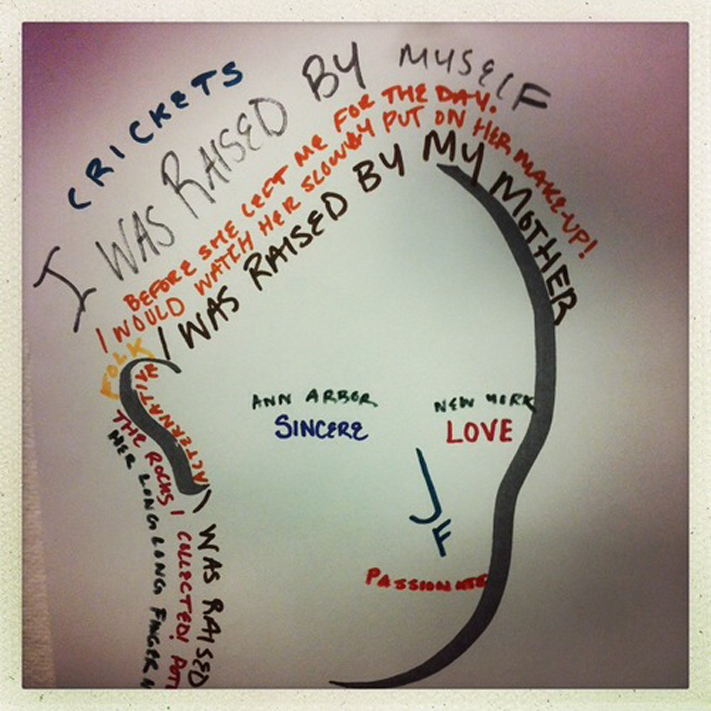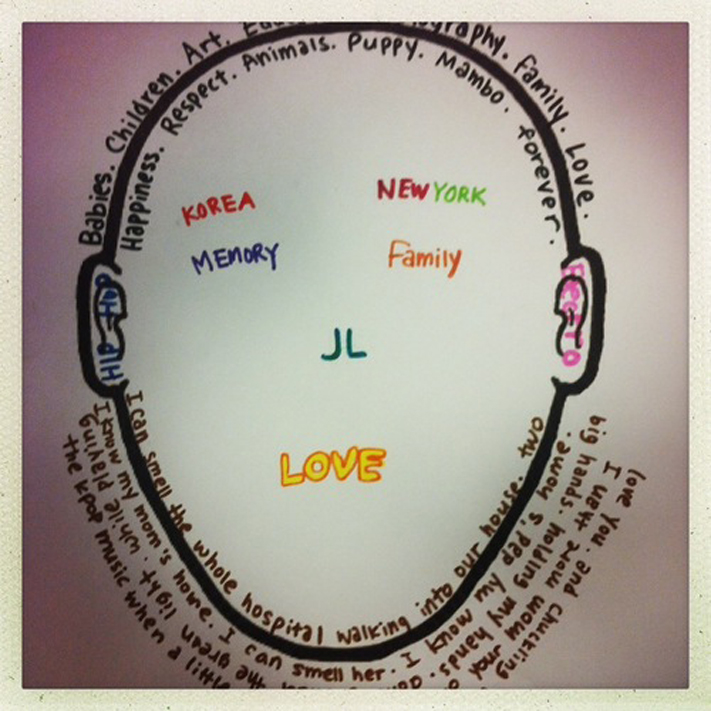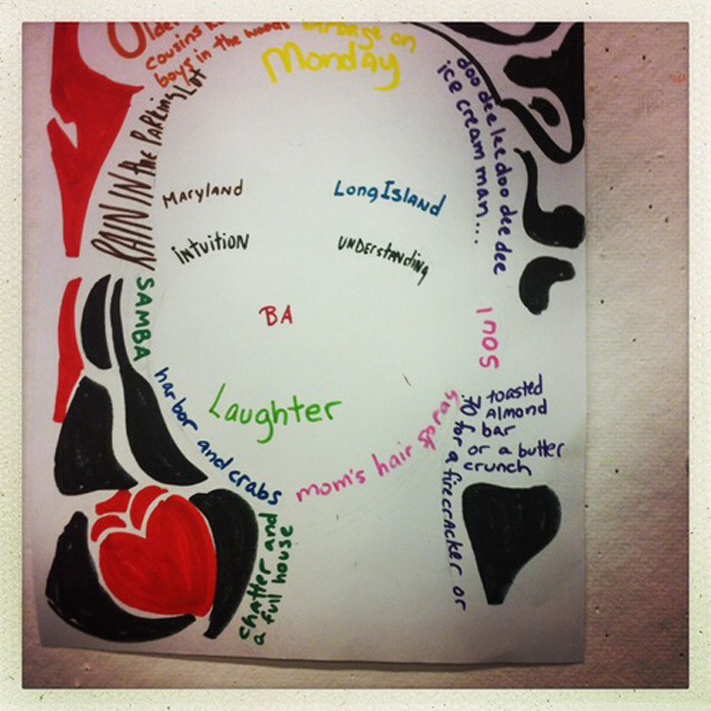What if when we looked at our students we could really see them?
Really know their pasts, understand where they are coming from?
What Might We Teach? A Look Into Our Souls Through Poetry And Self-Portraits. – A Lesson
The lesson usually goes at the end of a unit on identity after students have two or three poems to work with. You can also do it using lines from just one poem. Any poem about identity will do. I usually have students write Where I’m From poems for this lesson
After students write their poems, I ask them to select lines and phrases from the poem to create a self portrait with words only—no actual drawing of a nose or eyes, etc. Every part of the face is created by words [I do allow students to use a template of a blank face if they need the structure.] The point of the exercise to give young people a chance to be seen for who they really are. These self portraits are not about what they physically look like, but who they are on the inside, what they love, what they cherish. What if when we looked at our students we could really see them? Really know their pasts, understand where they are coming from? When students share their self portraits with me and the rest of the class we all get to know each other in meaningful ways and students get the chance to reintroduce themselves, to define who they are beyond a test score, a rumor, a stereotype.
I often do this near the beginning of the year but I think it also works at the end—especially in a writing class. It’s a good way to mix things up and give my students who love visual art a chance to do something visually.
Try it out and if you do, you’re welcome to post photos on the blog.
Creating Self Portraits with Words:
- After students have completed a poem [or series of poems] about their identity, ask them to pull lines and phrases that mean the most to them. They can write these on a separate piece of paper, or underline them.
- Pass out the face template or blank sheet of paper for creation of the self portrait.
- Have students create the face of the self portrait:
- Eyes: 2 words you live by/are important to you
- Eyebrows: 2 important/favorite places
- Nose: your initials
- Mouth: 1 word you love
- Ears: Music that inspires you
- Around the inner perimeter of the face students will insert the lines from their poem
Sharing & Reflection
- How did it feel to create self portraits with words?
- What did you notice about yourself?
- What did you learn about someone else in the class?
- Give a shout out to someone in the class—whose self portrait inspires you? Why?
Renée Watson is an author, performer, and educator. Her work has received several honors including a NAACP Image Award nomination in children’s literature. Her novel, What Momma Left Me, (Bloomsbury 2010), debuted as the New Voice for 2010 in middle grade fiction. Her one woman show, Roses are Red Women are Blue, debuted at the Lincoln Center at a showcase for emerging artists.
One of Renée’s passions is using the arts to help youth cope with trauma and discuss social issues. Her picture book, A Place Where Hurricanes Happen (Random House, 2010), is based on poetry workshops she facilitated with children in New Orleans in the wake of Hurricane Katrina and was featured on NBC Nightly News with Brian Williams.
This piece was republished by EmpathyEducates with the kind permission of the Author. We thank Renée Watson for her vision, her poetry and for a novel and beautiful wisdom.















Leave A Comment